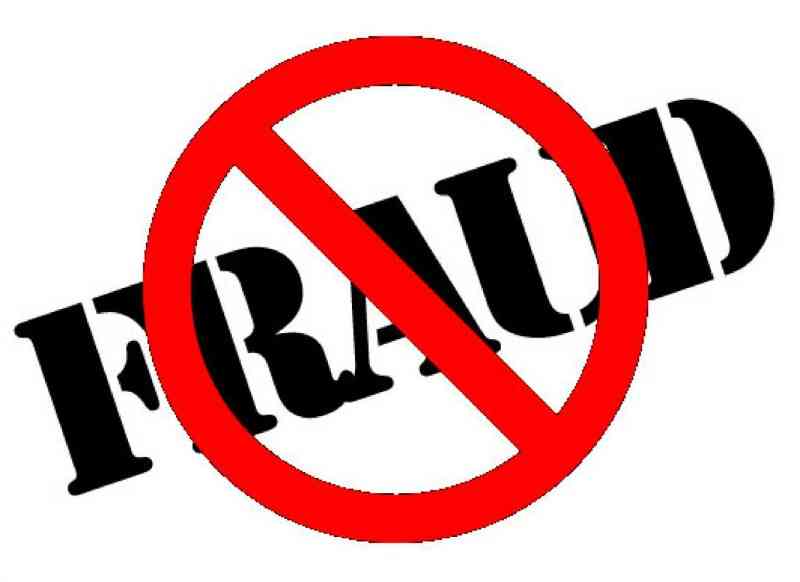
EXPERTS cautioned this week that by the end of this month, the Zimbabwe dollar would have further depreciated due to upcoming wage hikes for civil servants and an upward evaluation of government contracts.
The local currency plummeted significantly in both foreign exchange markets last month.
It erased nearly 40% in the parallel market in May 2023 from an average of ZW$2 200 in April to ZW$3 600 against the greenback. Year-to-date, the local currency is down by a staggering 75%, which is slightly lower than a 77% decline registered in the entire 2022.
In the official interbank market, the local currency lost 59% of its value to close May 2023 at ZW$2 577,07. Thus, giving a parallel market premium value of 40%.
At the beginning of the week, the Zimbabwe dollar was trading at about ZW$6 713 to the US dollar on the official market. On the parallel market it was trading at up to ZW$9 000 to the greenback.
The authorities have celebrated that owing to the increased liberalisation of the official forex rates, the difference between the official and parallel forex rates has narrowed.
By current estimates this narrowing translates to about a 70-percentage point improvement between the official and parallel forex markets, which previously had a gap of more than 100%.
However, with civil servants demanding salary increases and government suppliers reviewing their contracts upwards, these reviews will cause an increase in Zimbabwe dollar liquidity as both will seek to convert to forex.
- Tough times for Zimbabwe’s underpaid workers
- Tough times for Zimbabwe’s underpaid workers
- The fiddler: A vote of confidence
- Budget dampens workers’ hopes
Keep Reading
Africa Economic Development Strategies executive director Gift Mugano told Zimbabwe Independent that the local currency is going to see a massive drop at the end of the month.
“The real devil is liquidity and if you check my previous tweet in November 2022, I said an excess budget will drive liquidity… Right now, I can tell that the national budget is exhausted,” he said.
“You don’t need a rocket scientist and I want to amplify this issue of a supplementary budget and combine the two.
“Government used a rate of US$1:ZW$950 (parallel forex rate) for this budget. Now, the rate is about ZW$9 000, about almost nine times the annual rate used for the budget and very soon it will be almost 10 times the annual rate.
“So, it means that with the budget of ZW$4,5 trillion, we are going to be shocked if the minister of Finance (Mthuli Ncube) is going to be honest in terms of presenting a supplementary budget.
“He will give us a double-digit supplementary budget if he wants to be honest, but he might not be honest because he won’t want to send shockwaves before the elections,” Mugano added.
Using last year’s budget of ZW$4,5 trillion, the value in forex at the time was US$6,95 billion.
However, using the current official forex rate, this translates to just US$662,7 million leaving a difference of US$6,29 billion.
If a conservative estimate were to factor in that at least half the budget had been spent already considering its mid-year, that still leaves over US$3 billion needed for the rest of the year.
Mugano said Ncube must not give a supplementary budget of anything less than ZW$10 trillion (US$1,47 billion) considering the Zimbabwe dollar’s depreciation.
“Even if he doesn’t tell us, the rate will tell us so. To cut the story short, he is going to pay contractors and the rate will run away. I have said before that there is no doubt that the government is going to raise the money for contractors and civil servants. When you do this there is going to be more money in the market,” he said.
Mugano said using the foreign currency auction to mop up liquidity since it was liberalised or businesses paying for custom duties in local currency will not resuscitate the Zimbabwe dollar.
Another challenge is that now that the Treasury has assumed all external borrowing obligations from the central bank, this will put pressure to raise funds from the domestic market to buy forex to pay off those debts.
This action could also increase liquidity as the government has often relied on debt securities to service its obligations outside the country.
“It is quite obvious in an inflationary environment, especially the Zimbabwean inflation, the Zimbabwe dollar inflation, that anyone who receives Zimbabwe dollars will want to preserve value by changing it for a currency that can store value,” Labour and Economic Development Research Institute of Zimbabwe founding director Godfrey Kanyenze said.
“That is not rocket science but something that is human nature. It is something that one would expect from a rational human being because you don’t hold onto a currency that will lose value.
“So, it’s quite normal and rational that people would want to change it to a currency that can store value.
“This is why the issue is not so much about the Zimbabwe dollar but whether it can play the role of money to store value to work as a medium of exchange as a means and standard for different payments,” he said.
Kanyenze said without stable macroeconomics to stabilise the exchange rate, people will change their local currency into forex, be it consumers or businesses.
“Once people receive a payment that is denominated in Zimdollar, then obviously they will want to preserve value and the rate will begin to weaken as well,” he added.
Kanyenze said the International Monetary Fund referred to the government reintroducing Zimbabwe as a foolish mistake given the fundamentals were not in place.
One of the biggest arguments against dollarisation is that the economy does not have enough foreign currency to support this. Yet, according to the central bank, total foreign currency receipts last year amounted to US$11,6 billion from US$9,9 billion received in 2021, representing a 17,3% increase.
Another reason against dollarisation is that the economy would become less competitive against other nations, yet, apart from Zimbabwe, 10 other countries use the greenback.
These other nations are Ecuador, El Salvador, The British Virgin Islands, The Turks and Caicos, Timor and Leste, Bonaire, Micronesia, Palau, Marshall Islands, and Panama.
Most of these have relatively stable economies while some have higher economic activity, gross domestic product per capita and trade with other regional countries.









